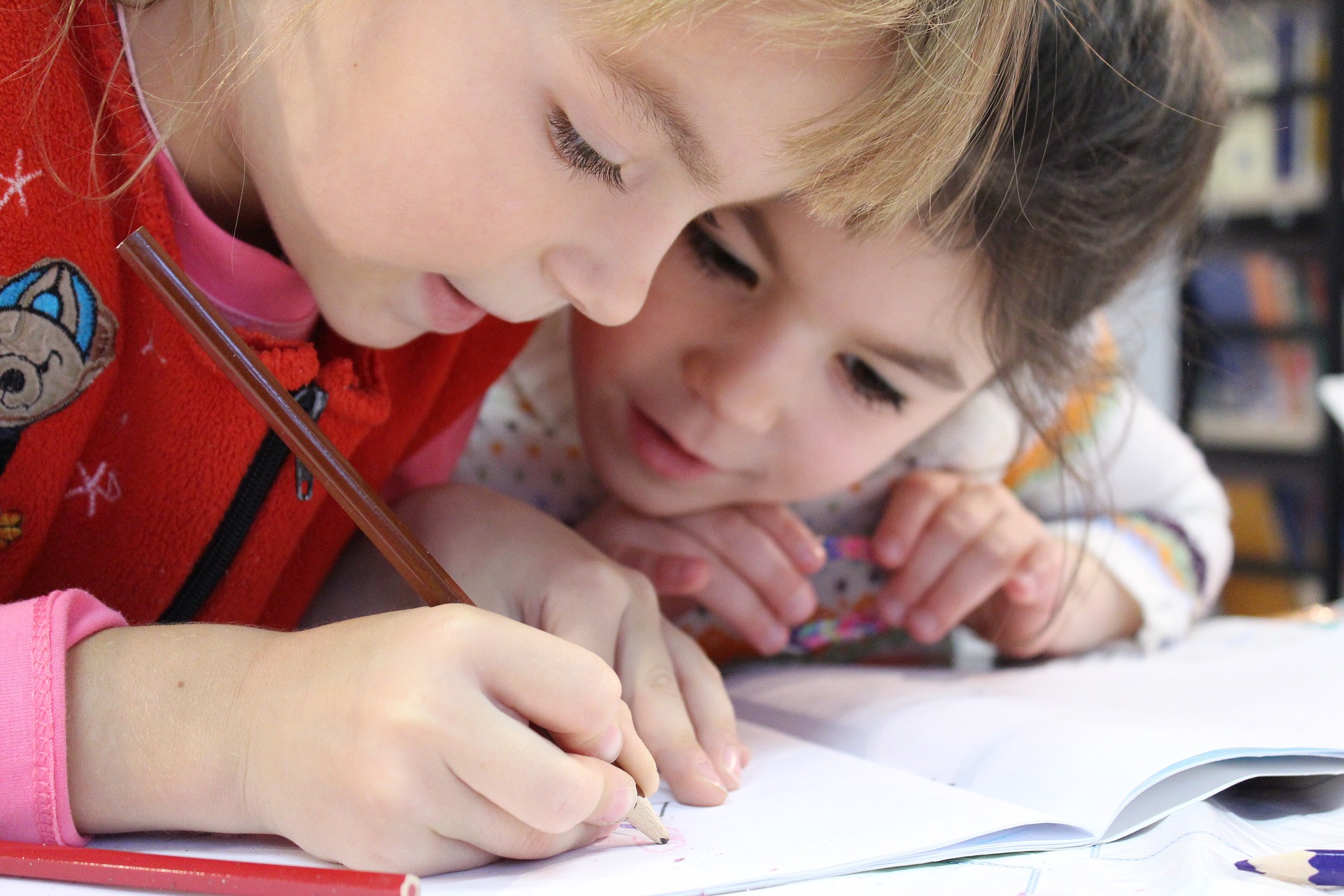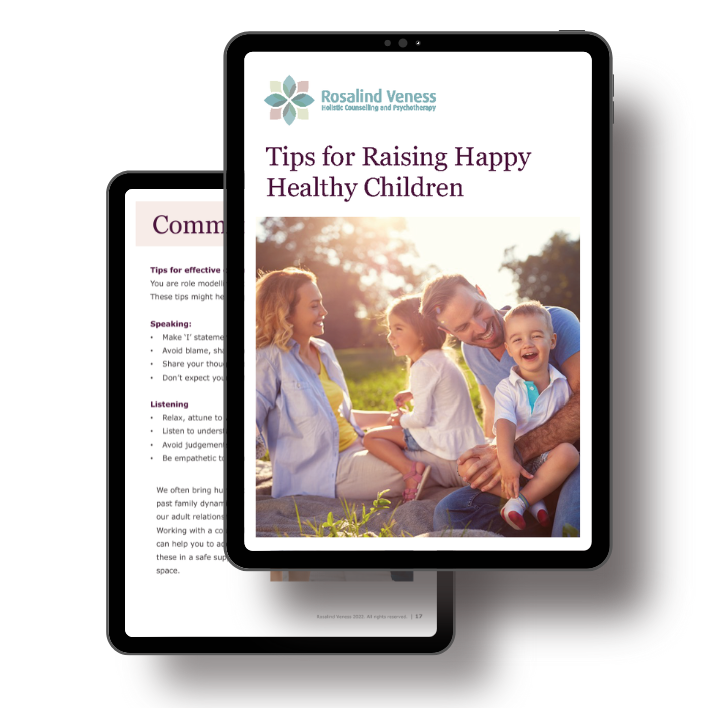
Can you answer YES to any of these?
Is your child:
- behind the class in reading, spelling, and writing?
- always getting into trouble for being restless and talkative?
- lack focus and struggle to pay attention in class?
Children who struggle in the classroom are often pathologised and given labels. Restless children may be described as having ADHD, while those that struggle with learning to read and write may be considered to have dyslexia.
Disruptive behaviours and learning difficulties are often linked to gaps in early sensory development. Our brains develop through play and sensory activities during infancy and early childhood. Many things can intervene to disrupt this early learning. The good news is that we can go back and fill in the gaps, preparing your child for lifelong learning.
Extra tutoring and behaviour management programs are not always the answer. Rather than simply trying to manage the behaviour, I like to look beneath the behaviour to address the underlying immaturities in sensory development.
When we learn to read and understand the behaviours, we find our children are actually giving us the clues to what they really need. Brain science tells us that the behaviours are their body’s natural response to a perception of threat.
Let’s look at some typical classroom behaviours, starting with my own experiences.
The Child’s Perspective (my story)
I remember classrooms as threatening and overwhelming. Craving sensory input I would chew on pens, pencils and often my clothing. Anything to help me feel safe. I still remember the taste of broken plastic from my biro, and the sensation of wood splinters in my mouth from chewing on the end of a pencil.
To escape this sense of overwhelm, I would often find myself gazing out the window. I remember the embarrassment of hearing my name called as the teacher asked me a question. Of course, I didn’t know the answer because I had totally tuned out.
Naturally, I hated getting into trouble, but no matter how hard I tried, or how much I wanted to, I simply couldn’t stay present. Another way of escaping was to sit in the back corner of the room. Here I was as far as possible away from the general noise, movement and busy-ness of the classroom.
Headaches, Stomach Aches before School
Just the anticipation of going to school could trigger headaches and stomach aches in the morning. Simply thinking of going into the classroom could be disturbing. Changes in routine or the pressure of exams could do this too.
The irony is that I loved learning, loved the smell of new books and pencils at the start of the school year. Noisy, crowded classrooms simply weren’t a good learning environment for me.
Chewing on things, mentally tuning out, sitting at the back of the room, headaches and stomach aches in the morning and not wanting to go to school are all signs of a distressed nervous system. As children, we don’t always have the words to express how we are feeling, so our bodies do it for us.
I can look back and say that my body was expressing something that as a child I didn’t understand. These behaviours are all signs of delays in sensory development.
My schooling experience was back in the 1960’s. Fast forward to today, and many children still face similar struggles in the classroom.
The Children’s Stories
These are typical stories, but do not represent anyone in particular.
George – Sense of Touch
George has a disturbed sense of touch. This extends beyond his physical body to when other students touch his belongings. A neighbouring child touching his pencil case will bring an instant reaction. His nervous system jumps into a sudden fight/flight response, and he hits out. This behaviour happened before his thinking brain could come on board, and he is acting without conscious control.
Then he’s in trouble for fighting, with no idea what just happened. Lining up to go into class, and someone inadvertently touches him. Again, his nervous system goes into overdrive, and he hits back! Adults tells him to behave, but the impulse came from his subconscious. He has no idea what has happened, so how can he change?
James – Restless and Disorganised
James starts talking in class and disrupts his neighbours. His teacher worries because he is always restless and disorganised. An Assessment shows delays in sensory development, including auditory processing.
He can’t concentrate when his nervous system is in overdrive and he doesn’t feel safe. Talking is his way of releasing the tension in his body, but it disturbs his neighbour who needs silence in order to concentrate. Both have sensory processing difficulties.
Susie – Stress Release at Home
Susie works hard and concentrates all day, but the pressure builds up, and when she gets home it explodes. She releases the tension by kicking the cat, yelling at mum and fighting with her siblings.
Her behaviour is letting us know that finally she is in a place where she feels safe, to release the tension that has built up during the day. She’s not aware of what is happening, or why, or even what she has done. She is puzzled when her parent gets angry and sends her to her room to “cool off”. All these behaviours happened beneath conscious thought.
Belinda – Missing Social Cues
Belinda struggles to fit in socially. She misses the social cues , and finds it difficult to make or maintain eye contact. She feels anxious when she is with other people, and this anxiety depresses her ability to process sensations.
She startles easily, and people make fun her. She becomes a sport to other children, who all laugh. She feels stupid and withdraws into herself. She doesn’t understand what is happening, or why. Why is she different? Why can’t she fit in?
Is This You?
Perhaps you recognise these behaviours in yourself, or have seen them in your children? They’re all the result of a highly attuned nervous system, that hasn’t yet developed the ability to emotionally self-regulate.
As a parent, I saw these behaviours in my children. As an holistic counsellor and psychotherapist, I see the same behaviours in many children today. The same sense of struggle to fit in, poor self esteem, learning delay, and reluctance to go to school, are just some of the behaviours you might observe.
I also see young adults facing the same struggle, many dealing with learning difficulties as a result of gaps in early sensory development. The implications of these immaturities, unless addressed, can stay with us throughout life.
Fortunately, in my search for answers to help my daughter, I had the opportunity to learn about sensory development. As I completed my training in 2007, I discovered that I had learning difficulties. I was shocked when, following a listening assessment in 2008, the assessor asked me “Ros, how did you ever get through Uni?” With this discovery came the realisation that “Oh, it didn’t have to be that hard”!
I trained in sensory development, and completed the program myself. Since then I have offered it to many students. The results speak for themselves. I have also trained as an Holistic Counsellor and Psychotherapist, something I couldn’t have done previously. Needless to say, I am now a committed and ongoing student!
Understanding Sensory Development Can Support Learning
We learn by taking information in through our senses, which travels along our nervous system to the brain for processing. This happens best when we are relaxed and safe, not when we are on alert and feeling threatened.
Unfortunately for many of us there are glitches in this system that affect how much information we can actually process. This is generally due to gaps or immaturities in our early sensory development.
The disturbing behaviours that we see in our children are usually the result of a nervous system that is struggling to process sensory information. What may seem to be a safe place to you can feel threatening to your child.
Setting off the Alarm Bells
In a heightened state of alert, it doesn’t take much to set off alarm bells. An unexpected touch, change in routine, sudden or continuous loud noise can cause a child’s nervous system to react. What we see is restlessness, shutting down, acting out… this is their nervous system letting us know that they don’t feel safe. It is a natural reaction, happening without conscious control.
All of these behaviours can affect your child’s ability to learn in the classroom. When perceiving a threatening situation, our bodies naturally suppress some areas of sensory processing, such as listening. Others, such as vision and movement, become more prominent, as a natural survival response. This can make classroom learning very difficult.
Children that are disruptive in the classroom, or struggle to learn, are often described as having ADHD or dyslexia. Both of these diagnoses can be linked to delays in sensory development.
Relationship-based Sensory Development
Rather than pathologising or applying labels, I like to look for the message behind the behaviour. Simply focussing on the behaviour, we can miss the clues that this offers us to understanding the underlying cause.
A relationship-based sensory development approach can help to fill in the gaps missing from your child’s early development. The aim is to help build strong foundations for lifelong learning, helping your child to achieve to their potential to live a meaningful life.
Individual Support Program
The first step is to build a connection with your child. The counselling room is a place where your child can feel safe to express themselves. There is no pressure, no rush to succeed, and progress happens at your child’s own pace.
Activities are offered to develop foundational skills, filling in the gaps missed during early sensory development. Your child’s sessions may include craft, painting, play, movement, role-playing, music and dance. As Gabor Mate, in his recent book The Myth of Normal pointed out, “It is play that builds the brains that school can then use”. Play is also essential for emotional development.
Atmosphere of Fun and Playfulness
The aim in your child’s counselling session is to create an atmosphere of fun, playfulness and curiosity. Your child is accepted for who they are, and the gifts they bring to the world. In this way they are building pathways in their brain for leaning without realising it!
Children know inherently what they need for healing. Given the opportunity, they will naturally tune into their body’s own intelligence, gravitating towards what they need in order to express themselves. My role as their counsellor is to support their individual process.
Our children are our future, and it’s up to us to provide the opportunities that enable them to develop to their full potential.
The Next Step
If this resonates with you, and you would like to know more, please give me a call.
Related Articles

Free e-book download
Tips for Raising Happy Healthy Children

About Rosalind
Since 2005 I have been helping children with learning and behavioural challenges such as autism, dyslexia, ADHD and other sensory processing difficulties. I use an holistic, or whole child approach combining counselling with a development movement program, known as The Extra Lesson. This program addresses underlying immaturities in early development that are contributing to their learning and behavioural challenges. Sessions are available online and at Moruya South Head.




